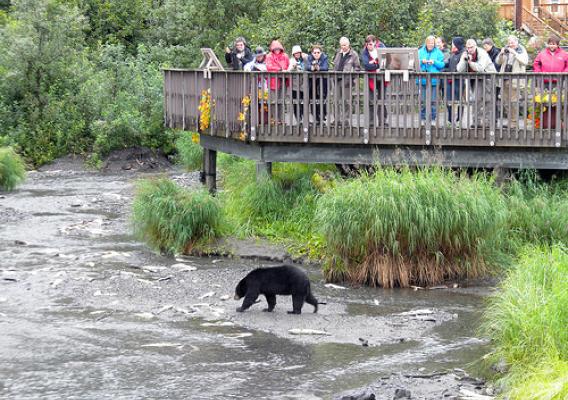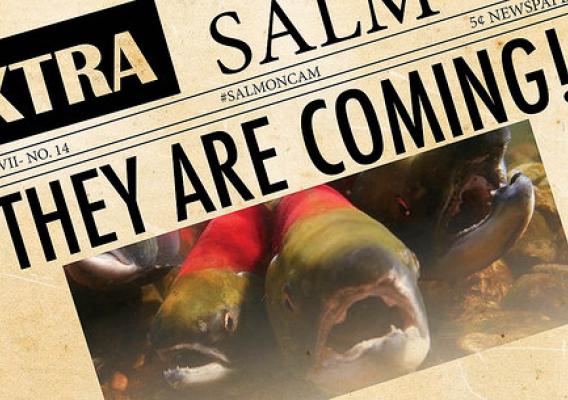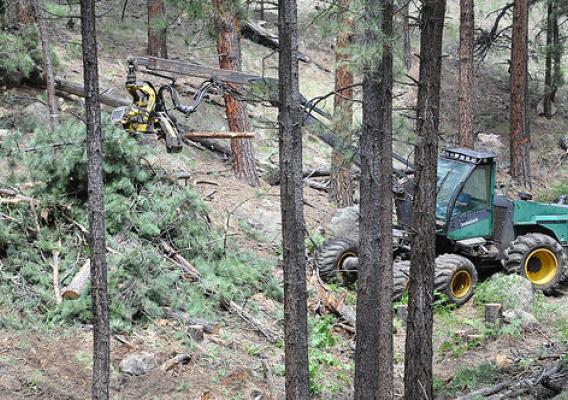This blog post was co-authored with Aaron Reuben (International Union for Conservation of Nature) and Kathleen Buckingham (World Resources Institute).
Four billion acres of degraded and deforested land world-wide—an area the size of South America—could benefit from restoration. Restoration addresses our most pressing global challenges—from protecting biodiversity to providing food, energy and water, to offering security and economic opportunity for millions of people.
In the United States, a multitude of partners from all sectors, from the local to national level, initiated restoration on millions of acres of degraded land, but the United States cannot do it alone. Degradation is a global issue that requires a global response. This summer, landscape restoration professionals from 16 countries, representing government ministries, non-governmental organizations and private companies, gathered in Oregon to learn from the United States’ experience.










